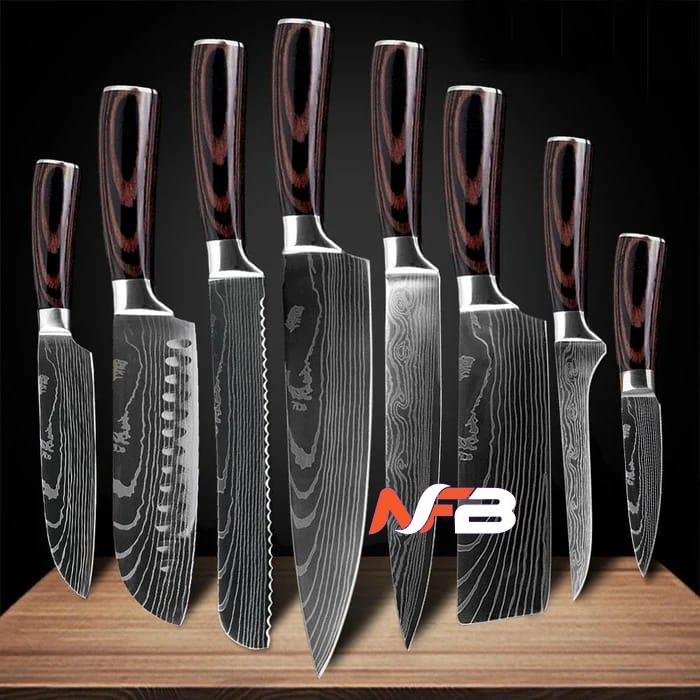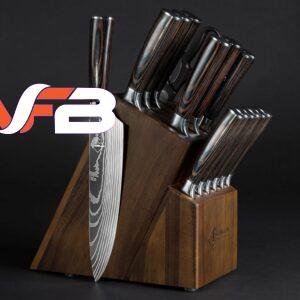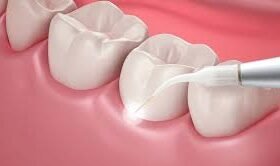A masterfully crafted kitchen knife transforms every culinary endeavor from mundane task to artful expression. The blade becomes an extension of the chef’s hands, slicing through ingredients with precision that only comes from exceptional steel and meticulous forging. Building a knife collection worthy of your culinary aspirations requires understanding the intricate balance between form and function, tradition and innovation.
The journey to assembling your ultimate kitchen knife set begins with appreciating the craftsmanship behind each blade. Like the legendary swordsmiths of old, modern knife makers combine centuries-old techniques with contemporary materials science. Each kitchen knife represents hours of skilled work—from the initial steel selection through the final edge polishing. This attention to detail separates a true culinary tool from mere kitchen equipment.
For UK home cooks, navigating the vast array of available options presents both opportunity and challenge. Local retailers offer everything from handcrafted Sheffield steel to precision-forged German blades, each promising to elevate your cooking experience. The key lies in building your collection systematically, starting with essential pieces and expanding as your skills and needs evolve.
Understanding Basic Knife Types
Every exceptional knife collection begins with mastering the fundamental blade styles. The chef’s knife stands as the cornerstone of any serious kitchen arsenal. This versatile 8-10 inch blade handles everything from rough chopping of vegetables to precise mincing of herbs. Its curved edge allows for the rocking motion that professional chefs employ to achieve consistent cuts with minimal effort.
The paring knife serves as your precision instrument for detailed work. With its 3-4 inch blade, this compact tool excels at intricate tasks like peeling apples, deveining shrimp, or creating decorative garnishes. The shortened length provides enhanced control for delicate operations where accuracy matters more than speed.
Your collection requires the specialized cutting power of a serrated knife. The saw-like edge cuts through crusty bread without crushing the soft interior, slices ripe tomatoes without bruising the flesh, and handles other tough-skinned items that would challenge a straight edge. Quality serrated blades maintain their effectiveness for years without frequent sharpening.
Essential Knife Qualities
Premium kitchen knives share several distinguishing characteristics that separate them from ordinary cutlery. The blade material forms the foundation of performance—high-carbon steel offers superior edge retention and sharpness, while stainless steel provides corrosion resistance with easier maintenance. Many manufacturers now create composite steels that combine the best attributes of both materials.
Balance represents the harmony between blade and handle that creates effortless cutting motion. A properly balanced knife feels weightless in your hand, requiring minimal pressure to achieve clean cuts. Test this by holding the knife at the junction where blade meets handle—it should rest comfortably without tilting forward or backward.
The handle construction directly impacts your cutting comfort and safety. Ergonomic designs reduce hand fatigue during extended use, while textured surfaces maintain secure grip even when wet. Full tang construction—where the blade steel extends through the entire handle—provides superior durability and balance compared to partial tang designs.
Edge geometry determines how effectively the blade slices through different ingredients. Thinner edges cut more precisely but require careful handling, while thicker edges offer durability for heavy-duty tasks. The best knife set includes blades optimized for various cutting applications.
Building a Starter Knife Set
Begin your collection with a carefully selected trio that handles 90% of kitchen cutting tasks. This foundational knife set should include an 8-inch chef’s knife, a 3-inch paring knife, and a 9-inch serrated bread knife. These three blades provide the versatility needed for most home cooking while teaching proper knife handling techniques.
Your chef knife deserves the most consideration and investment. This workhorse blade will see daily use for chopping vegetables, slicing meat, and countless other tasks. Choose one with comfortable weight distribution and a handle that feels secure in your grip. Many UK knife enthusiasts prefer German-style chef knives for their robust construction and excellent steel quality.
The paring knife complements your chef’s knife by handling tasks where precision trumps power. Select one with a razor-sharp edge that maintains its keenness through frequent use. This kitchen knife should feel like a natural extension of your fingers for detailed work.
Complete your starter set with a quality serrated knife featuring deep, aggressive teeth. This specialized blade conquers crusty artisan breads and delicate tomatoes with equal effectiveness, filling the gap where straight-edged knives struggle.
Expanding Your Collection
As your culinary skills develop, specialized knives unlock new techniques and improve efficiency for specific tasks. A boning knife’s narrow, flexible blade navigates around bones and joints with surgical precision, perfect for breaking down whole fish or trimming meat. Its pointed tip accesses tight spaces that broader blades cannot reach.
The cleaver brings raw power to your knife collection, effortlessly chopping through bones and tough joints. Modern cleavers balance traditional heft with refined edge geometry, making them surprisingly versatile for heavy-duty vegetable prep and portioning tasks.
Consider adding a utility knife to bridge the gap between chef’s and paring knives. This 5-6 inch blade handles medium-sized tasks with greater precision than a chef’s knife while offering more cutting power than a paring knife.
Specialty knives like filleting blades for fish preparation or carving knives for roasts expand your capabilities further. Build these additions gradually, ensuring each new blade fills a genuine need in your cooking routine rather than merely expanding the collection for its own sake.
Knife Care and Maintenance
Proper maintenance preserves your investment and ensures consistent cutting performance. Hand washing immediately after use prevents food acids from etching the blade surface, while thorough drying eliminates moisture that could cause corrosion. Never subject quality kitchen knives UK retailers sell to the harsh environment of dishwashers.
Sharpening represents the most critical maintenance skill every knife owner must master. Regular honing with a steel rod maintains the edge between sharpenings, while periodic professional sharpening or careful use of whetstones restores optimal cutting geometry. A sharp knife requires less pressure, reducing hand fatigue and improving safety.
Storage significantly impacts blade longevity and kitchen safety. Magnetic strips display knives attractively while protecting edges, knife blocks provide secure storage for traditional setups, and blade guards offer protection during transport or drawer storage. Avoid loose storage where blades contact other utensils and become damaged.
Develop habits that preserve your blades—use appropriate cutting boards (wood or plastic, never glass or stone), avoid cutting frozen foods, and never use knives as screwdrivers or can openers. These practices extend blade life while maintaining optimal performance.
Top UK Knife Brands
The UK market offers exceptional access to world-class cutlery from both domestic and international manufacturers. Sheffield steel maintains its legendary reputation through companies like I.O. Shen, whose precision-forged blades combine traditional British metallurgy with contemporary Japanese techniques.
German manufacturers like Wüsthof and Zwilling J.A. Henckels sakuto knives dominate UK retail through their robust construction and excellent edge retention. These brands offer complete knife systems with matching handles and consistent steel quality across their ranges.
Japanese knife makers bring centuries of sword-making expertise to kitchen cutlery. Global, Shun, and Miyabi produce blades with superior sharpness and unique aesthetic appeal. These knives require more careful maintenance but reward users with exceptional cutting performance.
UK retailers like Knife and Kitchen equipment specialists provide expert guidance and often carry exclusive models unavailable elsewhere. Building relationships with knowledgeable retailers ensures proper advice for your specific cooking needs and budget considerations.
Start Your Culinary Journey
Building the ultimate kitchen knife collection represents an investment in your culinary future. Quality blades enhance every cooking experience while lasting decades with proper care. The precision of masterfully crafted steel transforms ingredient preparation from chore to craft, inspiring creativity and confidence in the kitchen.
Begin with essential pieces that meet your current cooking style, then expand thoughtfully as skills and needs develop. Each addition should serve a specific purpose while maintaining the collection’s overall quality standards. Remember that a few exceptional knives outperform a drawer full of mediocre blades.
The best knife set for your kitchen reflects your cooking ambitions, maintenance commitment, and aesthetic preferences. Whether drawn to traditional German robustness, Japanese precision, or British heritage steel, choose blades that inspire confidence and joy in their use.
Share your favorite knife brands or memorable cooking experiences in the comments below—your insights help fellow culinary enthusiasts build their perfect collections.















Leave a Reply